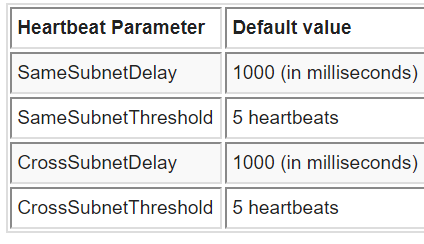The MSSQLTIPS link you are referring is correct and you can follow it to implement your 2 node Multi Subnet cluster. I believe you do not need to refer any other blog unless you need some other information.
For your points
1 - Define the witness as a file share near the main site where the nodes are
Yes that would be correct, you should keep FS wtiness on Production site and make sure all the nodes and FS witness votes. In your case do not remove vote from DR this will make 3 votes and keep it odd. If you are using Win Server 2012 R2 (having dynamic quorum and witness) and above and DR vote is removed then FS witness vote will also be removed making vote for only one node which again will be odd number. Please note WSFC will always try to keep votes in odd number
2 - Change the timeout settings according to the link below or not since my DR will be triggered manually?
If you read the link it is mentioned that since you are using multi subnet WSFC and assuming they are separated far the default values of heartbeat and other such such setting s might not be suitable to your environment so yes you would need to change below parameters to suit your requirement.

3 - Change configuration of failover cluster, dependencies, times and etc.
Nothing in this configuration
4 - Set private network for cluster only. Do I really need a private network for a different subnet cluster?
Private network can be created easily, if you don't know see this Link. Also please do not think that if somehow private network is down then cluster will loose contact and come down. No, WSFC is smart it would automatically switch to your Client network. Starting from SQL Server 2016 it would not even worry about network binding order but choose accordingly.
5 - The witness will be part of only nodes 1 and 2 since node 3 will be triggered manually with Always On forced manual.
Witness should be accessible to all the nodes, if it is FS witness make sure all nodes are reachable to it.
6 - Change the TTL of the DNS records of the cluster / always on to 20 minutes or 15 minutes as recommended.
That i cannot suggest but lower the value the quicker the resolution will happen post failover. 20 minutes is big value I would test with 10 minutes or less, I will even test 5 minutes.
7 - Ensure that the response time between the nodes of the main site has a maximum of 1ms (synchronous) and for the remote site a maximum of 10ms using asynchronous method.
This depends on your network bandwidth.


